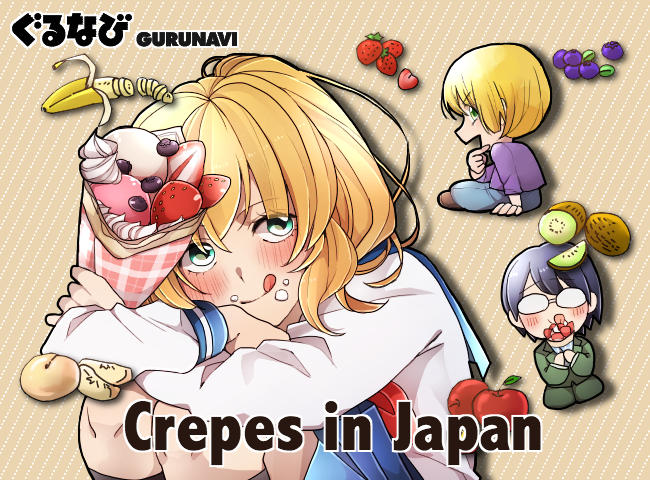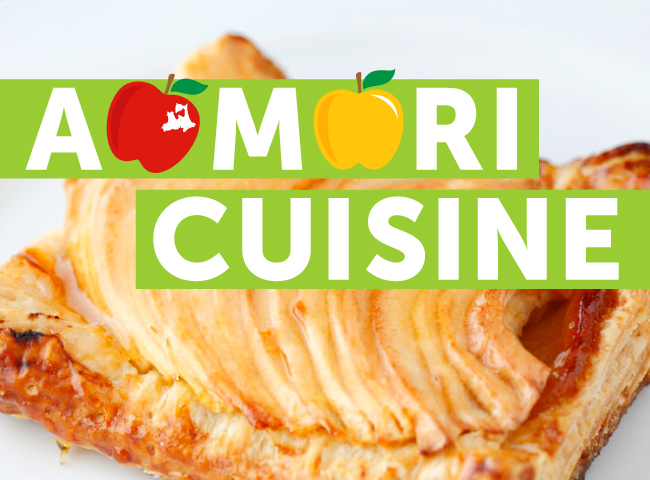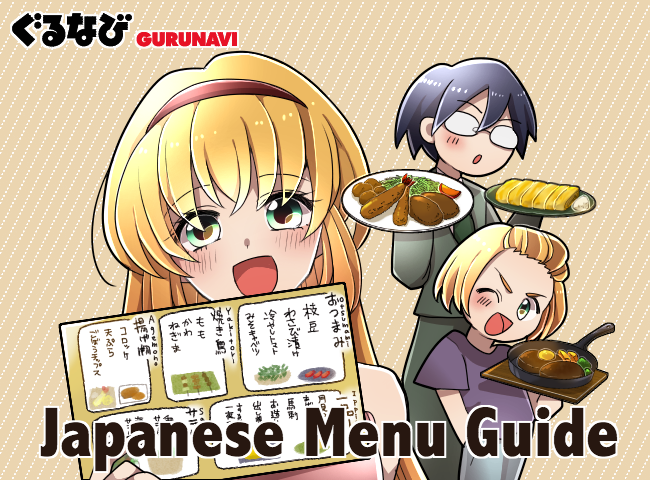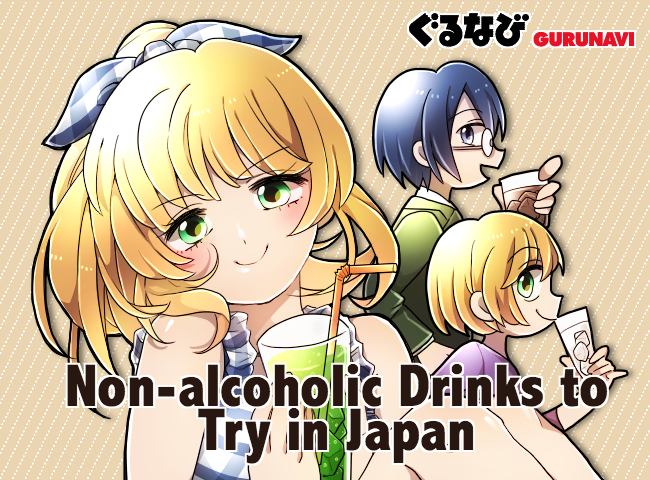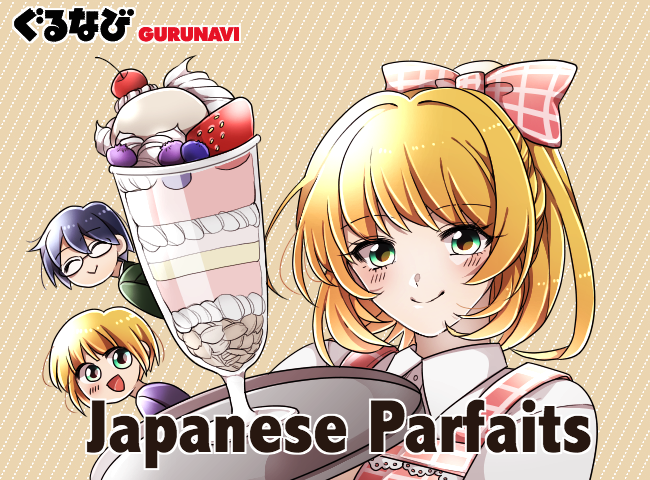7 Types of Japanese Pancakes: Dorayaki, Okonomiyaki & More
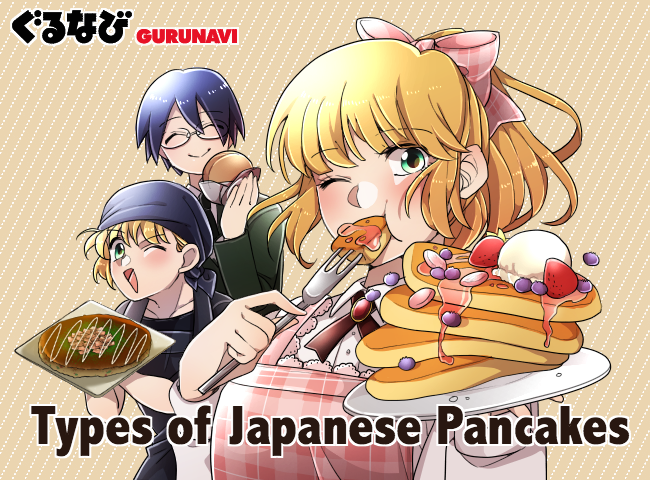

Pancakes are a food that have been enjoyed by people around the world dating all the way back to the ancient Greeks and Romans. A variety of pancake known as “funo-yaki” was first enjoyed in Japan in the 16th century, and was a dish of fried batter served with sweet miso. Although funo-yaki disappeared from the Japanese diet and pancakes were absent for several centuries, these days there are sweet varieties of Japanese pancakes that are eaten for breakfast, dessert and snack foods, and savory versions that are eaten for lunch and dinner.
From Japanese Hotcakes to Monjayaki, Here’s Some Popular Varieties of Sweet and Savory Pancakes
Hotcakes

Sweet pancakes were first introduced to Japan via Hawaiian cafés and breakfast restaurants. These have developed over the years into a fluffy Japanese-style of pancake commonly known as “hottokeki” (hotcakes). Japanese hotcakes are distinguished by their souffle-like texture which creates a thick yet light and fluffy pancake that may be up to several inches high. They are typically topped with ingredients such as sliced fruit, chocolate syrup, mounds of freshly whipped cream, and even ice cream. Hottokeki are a treat not limited just to breakfast time, but can be enjoyed with coffee or tea during the afternoon or as a dessert in the evening.
Dorayaki

For a more traditional Japanese flavor, a type of wagashi (traditional Japanese sweet) called “dorayaki” features a lightly sweetened azuki red bean paste sandwiched between two pancakes made of castella sponge cake. Although the current incarnation of dorayaki was invented in the early 1900’s, the dessert has a much longer history that goes back nearly 1000 years. Dorayaki gets its name from “dora”, meaning “gong”, because of its gong-like shape. However, in the western Kansai region, dorayaki goes by the name “mikasa”. Other possible fillings for dorayaki include white bean paste and cream filling.
Crepes

Crepes are a traditional French dessert with a big following in Japan. But unlike the French version eaten with a knife and fork, crepes in Japan are much more casual affair and commonly enjoyed as a street food. Popular fillings include ice cream, whipped cream, sliced fruit, chopped nuts, chocolate sauce, and even decadent bites of cheesecake and brownies. The crepe is rolled up in paper cone, making it easier to hold and eat while standing.
Okonomiyaki

Okonomiyaki, a dish that originated in Osaka in the western Kansai region, is probably the most famous of Japan’s savory pancakes. With a name that roughly translates to “anything you like, cooked together”, okonomiyaki features various savory ingredients mixed in a fluffy batter and cooked on a traditional teppan cooktop. Common ingredients include grilled pork belly, shrimp, sliced cabbage, and green onion. The grilled pancake is served piping hot with condiments such as okonomiyaki sauce (a slightly sweet and dark Worcestershire-flavored sauce), along with creamy Japanese mayonnaise, shaved bonito flakes called “katsuoboshi”, and aonori (powdered green seaweed).
Hiroshimayaki

A close cousin to okonomiyaki is hiroshimayaki, or Hiroshima-style okonomiyaki. Although the ingredients are similar, the cooking process for hiroshimayaki is quite different. Rather than mixing together the ingredients, hiroshimayaki starts with a thin crepe cooked on a teppan surface, on top of which pork, cabbage, yakisoba noodles, and fried egg are added. Other possible toppings include sliced green onions, kimchi, cheese, and even Hiroshima oysters—a local specialty—when in season. The entire layered pancake is then flipped over and cooked on the other side. Like the Osaka-style version, it’s topped with okonomiyaki sauce, mayonnaise, bonito flakes, and powdered seaweed.
Negiyaki
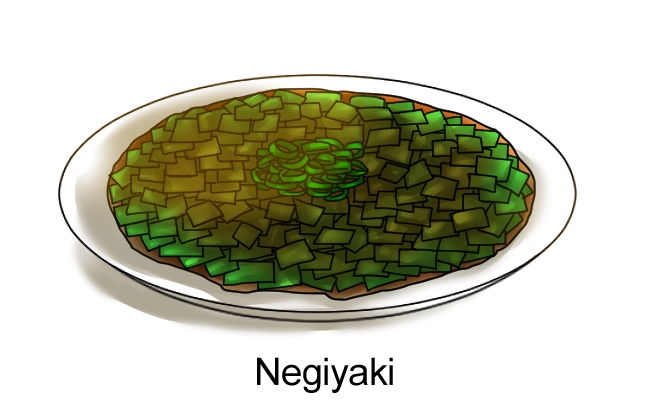
Negiyaki, which originated in the city of Osaka, is another savory pancake-like food from the Kansai region. Although it’s also fried on a teppan grill, the main difference from okonomiyaki and hiroshimayaki is that negiyaki doesn’t contain cabbage. Instead, it’s made with finely diced Japanese leek (negi) mixed into batter, resulting in a thinner pancake. Rather than okonomiyaki sauce, negiyaki is typically eaten with soy sauce and topped with an additional helping of green scallions.
Monjayaki

Not all savory pancakes come from western Japan. In fact, Tokyo—located on the eastern side of the country—is home to its own version called “monjayaki”, which is made with a thinner, runnier batter thanks to the addition of flavorful dashi broth. Popular ingredients for monjayaki include chopped cabbage, squid, pork, and shrimp. The ingredients are mixed into the batter, which is cooked on a teppan grill in the centre of a table, then eaten directly from the grill with small spatulas. Monjayaki has a texture similar to melted cheese, with bites of warm runny batter mixed with crispy bits from where the batter has caramelized on the grill.
Japanese Pancakes Are an Assortment of Fun Foods for the Young at Heart
Although Japanese pancakes may not be as well-known as other types of Japanese food like sushi or tempura, the many different sweet and savory types are definitely worth trying on your next visit. Don’t miss traditional dorayaki, towering hottokeki, or delicious teppan-grilled foods like okonomiyaki and monjayaki. Itadakimasu!




